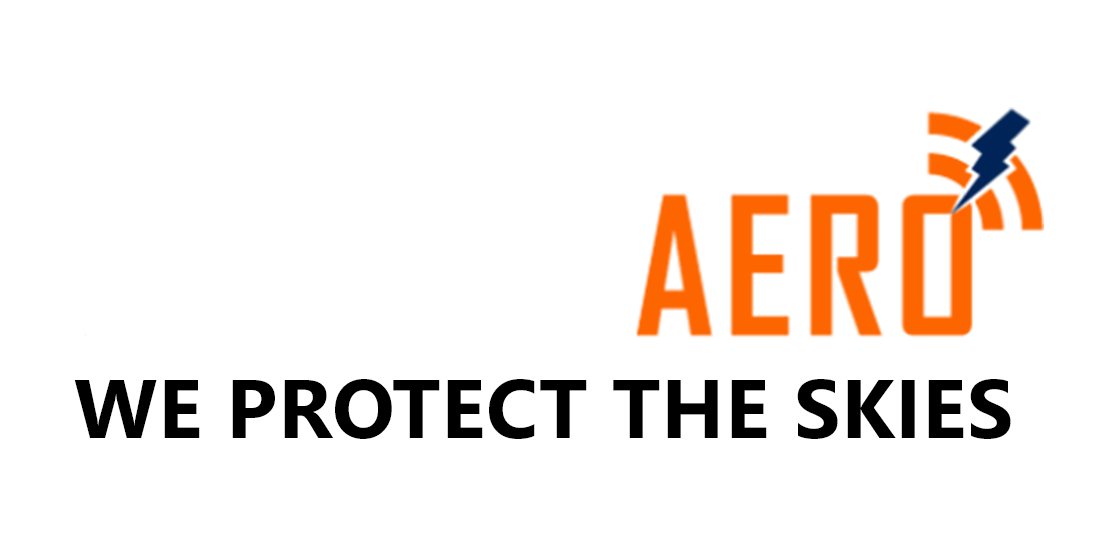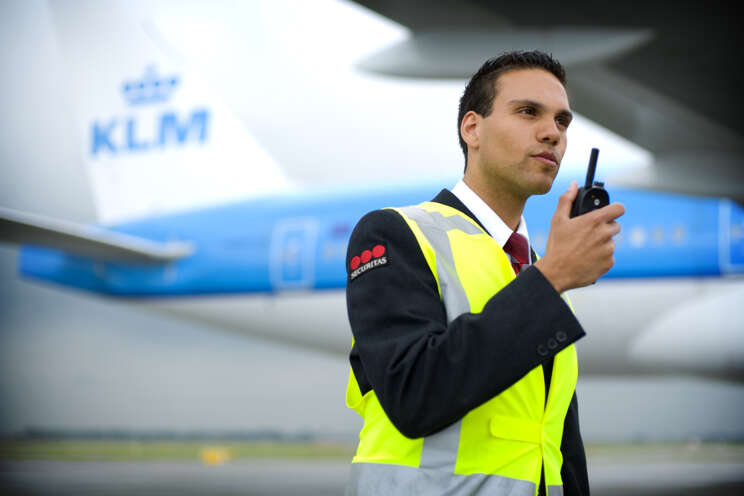
Know The Vulnerabilities of Aerial Robots Before Proceeding With Your Asset Protection Planning
November 20, 2020
Bharat Aero’s endeavours facilitating an optimum ecosystem for countering unregistered aerial robots
December 23, 2020End-to-end R&D Solutions For Facilitating A Robust Air Security System
Today, where there are aerial robots, the possibility of unwanted risks is inevitable. This is because as many benefits as these unmanned vehicles pose, the loopholes they come with are even more, which can be easily exploited by external sources. While various countermeasures exist to tackle the same, many of them have certain drawbacks of their own. For instance, radar, at times, struggle in detecting small, low-flying aerial robots and some infrared systems cannot detect them unless both are within the same line of sight.
In our bid to address the challenges persisting in the counter-solutions and make air security system all the more robust, we, at Bharat Aero, have been carrying out several R&D activities. Therefore, we address ourselves as a research organisation and a distinguishing aspect of our R&D efforts is the fact that we perform them rigorously through the process of prototyping and simulation. Our prime goal is to leverage EMW Analytics and find out how aerial robots interact when exposed to certain electromagnetic waves.
Currently, there are no specific analytical tools in place to accurately track the interaction between incoming radio signals and aerial robots. This is why, through prototyping method, Bharat Aero seeks to help in verifying the performance to offer versatile countermeasures to the world.
While today, in most cases, only by amalgamating different sensors and systems can aerial robots be detected, we strive to achieve feats through our research works and pave way for OEMs in providing more effective asset protection solutions to their clients. However, our works are predominantly centred on organisations across critical infrastructure sector since they are relatively more vulnerable than those hailing from other sectors. We aim to facilitate a more robust air security for them – whether it is for asset protection or public monitoring.





